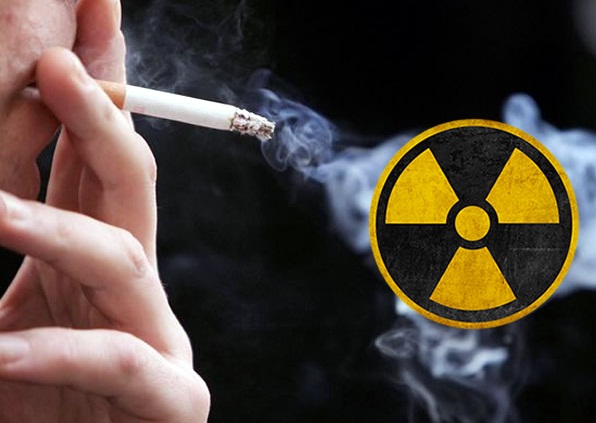
It’s a shame that tobacco is regulated to the point you can’t buy it from a small farmer or outside the regulated market. It’s a shame this information hasn’t been disclosed.
It’s a well established but little known fact that commercially grown tobacco is contaminated with radiation. The major source of this radiation is phosphate fertilizer.1 The big tobacco companies all use chemical phosphate fertilizer, which is high in radioactive metals, year after year on the same soil. These metals build up in the soil, attach themselves to the resinous tobacco leaf and ride tobacco trichomes in tobacco smoke, gathering in small “hot spots” in the small-air passageways of the lungs.2 Tobacco is especially effective at absorbing radioactive elements from phosphate fertilizers, and also from naturally occurring radiation in the soil, air, and water.
To grow what the tobacco industry calls “more flavorful” tobacco, US farmers use high-phosphate fertilizers. The phosphate is taken from a rock mineral, apatite, that is ground into powder, dissolved in acid and further processed. Apatite rock also contains radium, and the radioactive elements lead 210 and polonium 210. The radioactivity of common chemical fertilizer can be verified with a Geiger-Mueller counter and an open sack of everyday 13-13-13 type of fertilizer (or any other chemical fertilizer high in phosphate content).
Conservative estimates put the level of radiation absorbed by a pack-and-a-half a day smoker at the equivalent of 300 chest X-rays every year.5 The Office of Radiation, Chemical & Biological Safety at Michigan State University reports that the radiation level for the same smoker was as high as 800 chest X-rays per year.6 Another report argues that a typical nicotine user might be getting the equivalent of almost 22,000 chest X-rays per year.
http://www.acsa2000.net/Health…
Leave a Reply